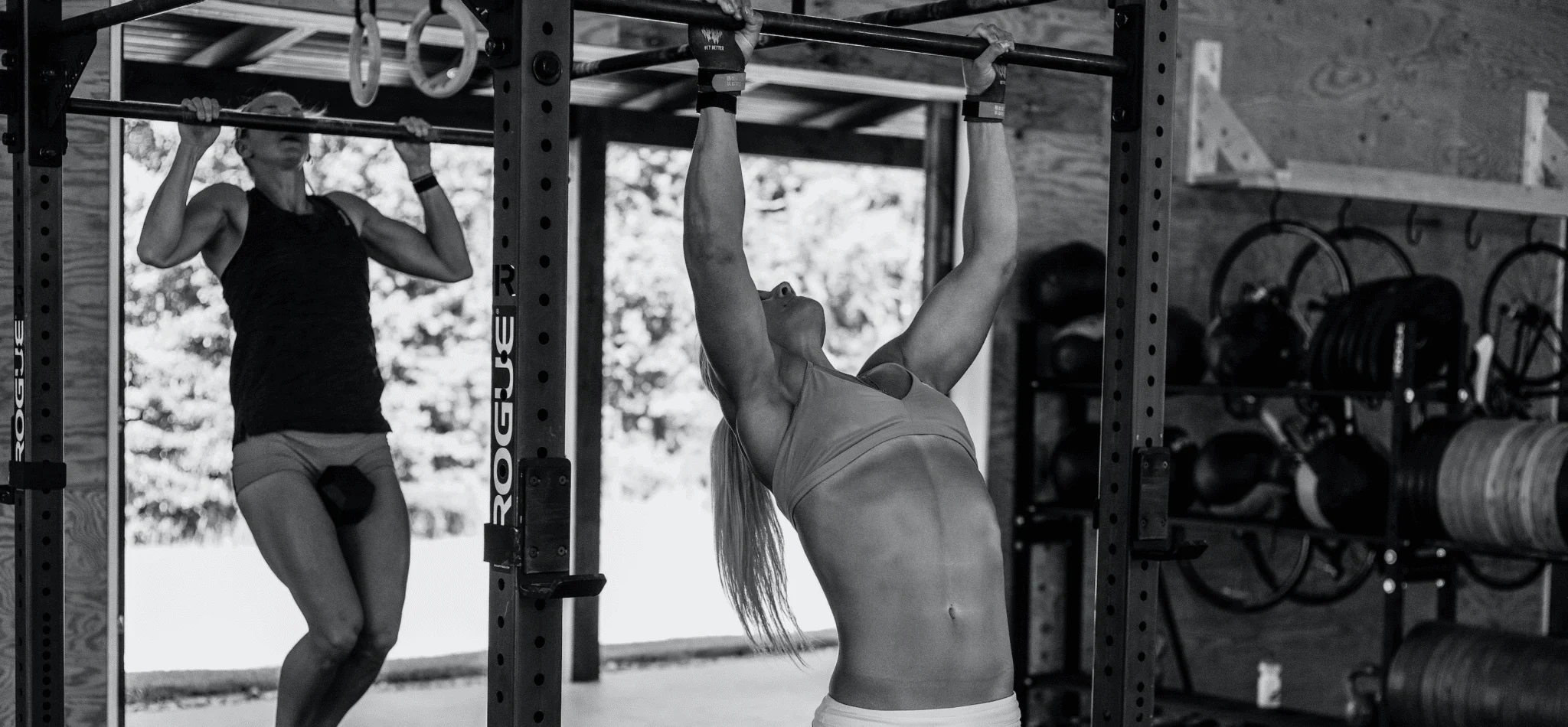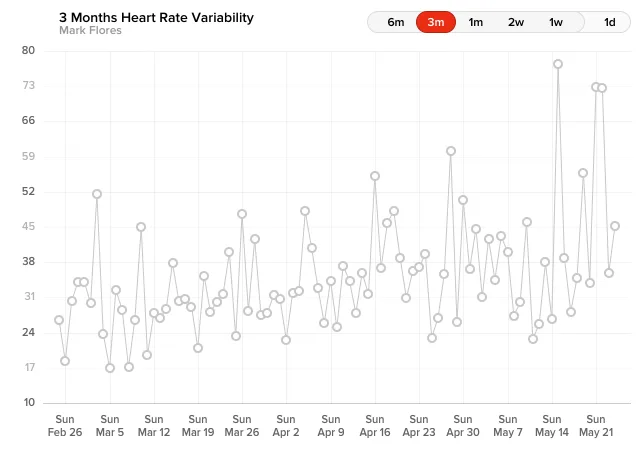Topics
- Article
What is an "Average" HRV? There's No Easy Answer

One question we constantly get from WHOOP members is “What should my HRV be?”
Normal Heart Rate Variability
If heart rate variability (the measurement of the intervals between your heart beats) is a metric you’re not familiar with, here’s an explanation of what HRV is, and why it is such a valuable tool for athletes. HRV is also one of the primary components used to calculate WHOOP recovery. One question we constantly get from WHOOP members is “What should my HRV be?” Unfortunately, there’s no easy answer as to what normal heart rate variability is. It’s important to realize that HRV can vary widely from one individual to the next. For example, long-time WHOOP Member Scott Holtzman has an average daily HRV of 162. However, Holtzman is a professional UFC fighter (check out his feature story) who regularly works out three times per day. It’s not reasonable for most of us to try to compare ourselves to Scott. On the other hand, ultra runner Robert Edminster is also an elite athlete. Edminster recently finished third overall in the Wasatch Front 100-Mile Endurance Run, one of the most grueling ultra races in the country. His average HRV last month was 47, among the lower 50% of all WHOOP users. Age has an enormous effect on HRV as well–it falls off dramatically the older we get. Last summer, WHOOP Member Dave Hippensteel defended his title as the fittest 60-year-old on Earth. Hippensteel’s HRV is regularly in the low 40s. Rather than worrying about what is “normal” or using other athletes’ heart rate variability as a barometer, it can be much more valuable to track your own trends in HRV. Our Director of Software, Mark Flores, is a perfect example. Mark, who is 32 years old, has an average HRV over the last month of 33. “That’s gone down a bit since it got cold outside (this story was originally published December 18, 2017) and I started working out a little less,” he said. Below is a three-month chart of Mark’s HRV data from when he first began working at WHOOP (and wearing a Strap) earlier this year:

You can see regular fluctuation in Mark’s HRV day by day, but also a clear trend upwards over time. “Being a part of WHOOP and seeing how athletes use it has been tremendously inspiring for me,” Mark explained. “Since I first learned about HRV, I’ve been trying hard to increase it. My workouts used to be primarily weightlifting and yoga, but now I do cardio as well, which I hated until I saw the value of it in my data. I work out every day unless I’m sore or my Recovery is in the red, it usually ends up being about five or six days a week.” Mark’s HRV went up and his overall fitness improved. “The cardio has helped my lifting and yoga too!” Mark added. Learn More: The Ultimate Guide to HRV Normal Heart Rate Variability: Average HRV Range by Age and Gender What is a Good HRV? How to Increase Your Heart Rate Variability Training with HRV